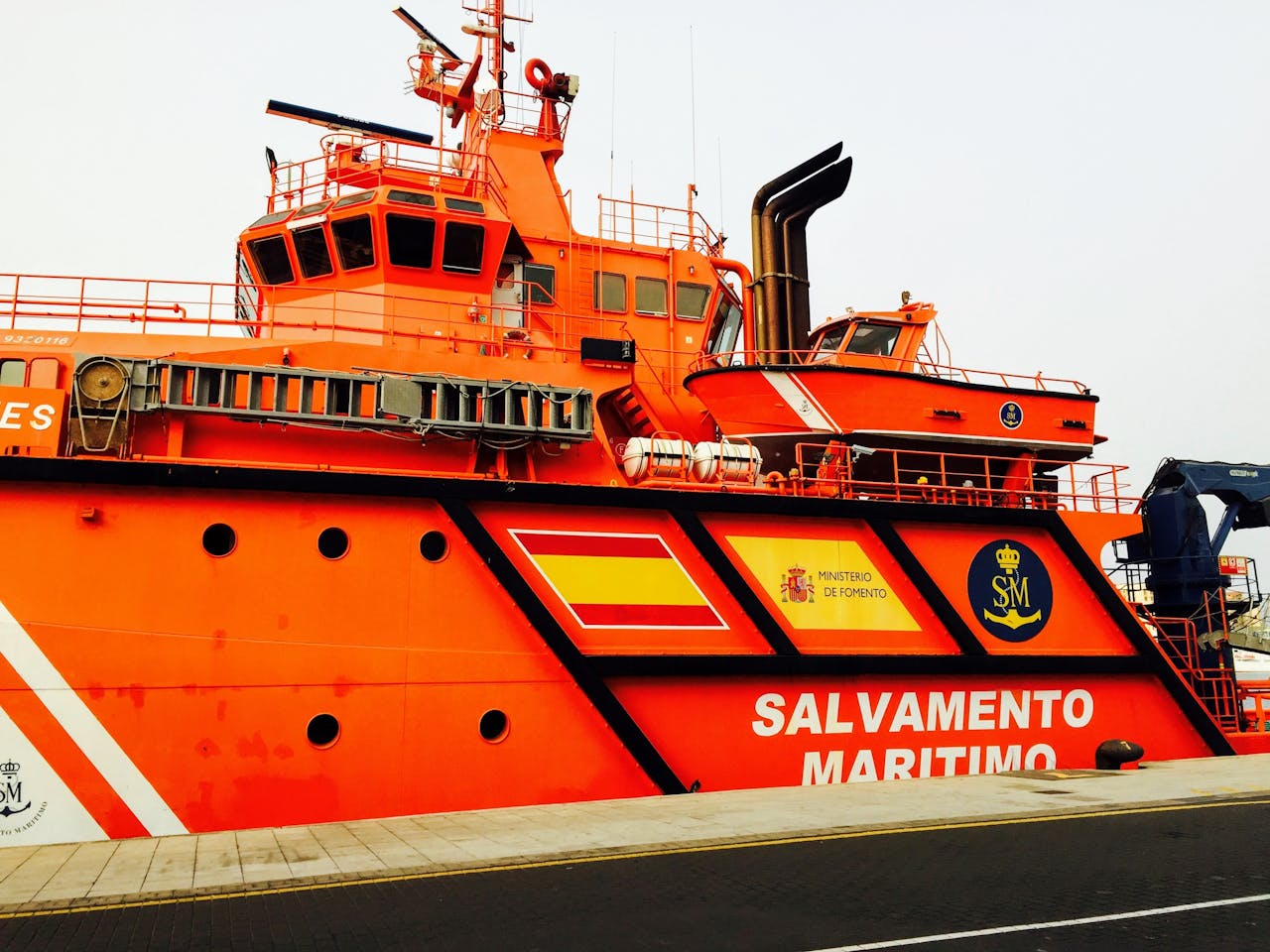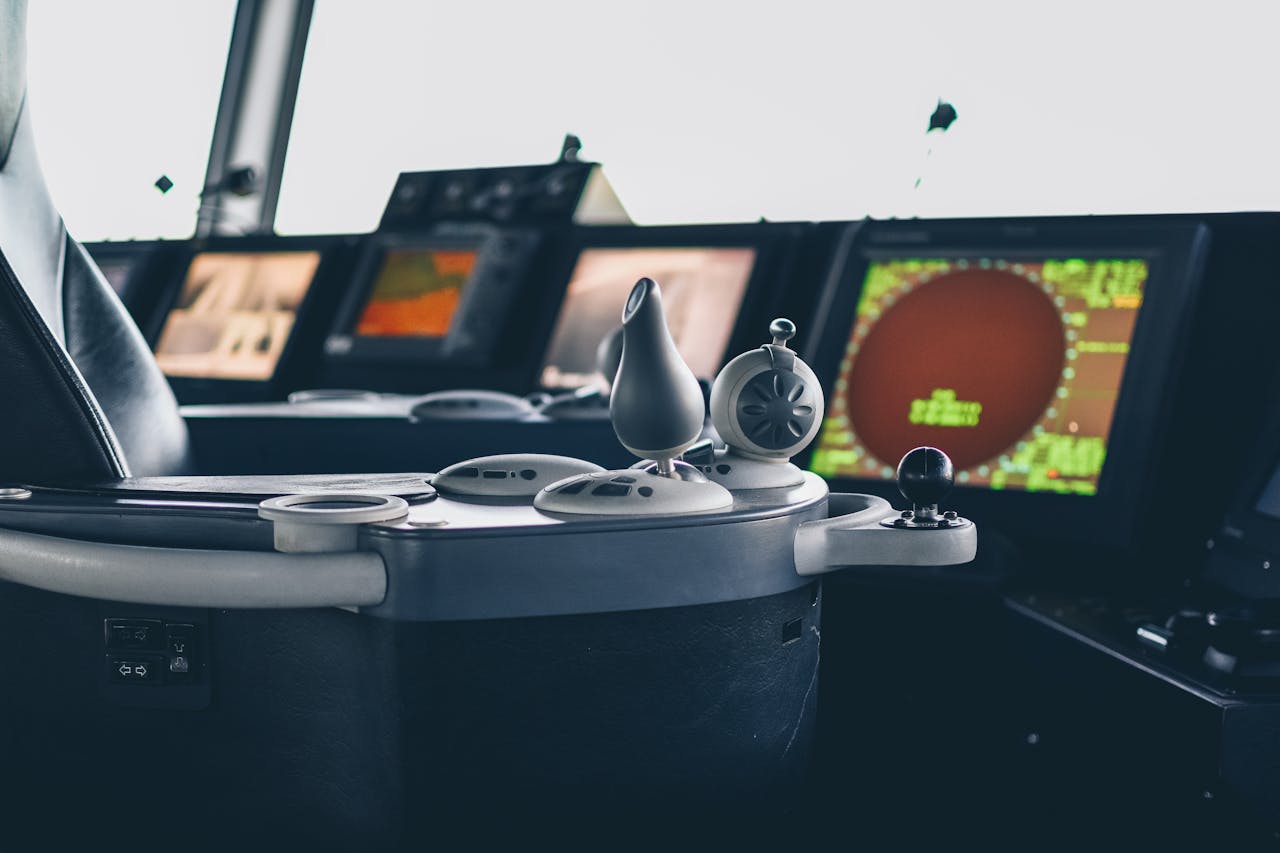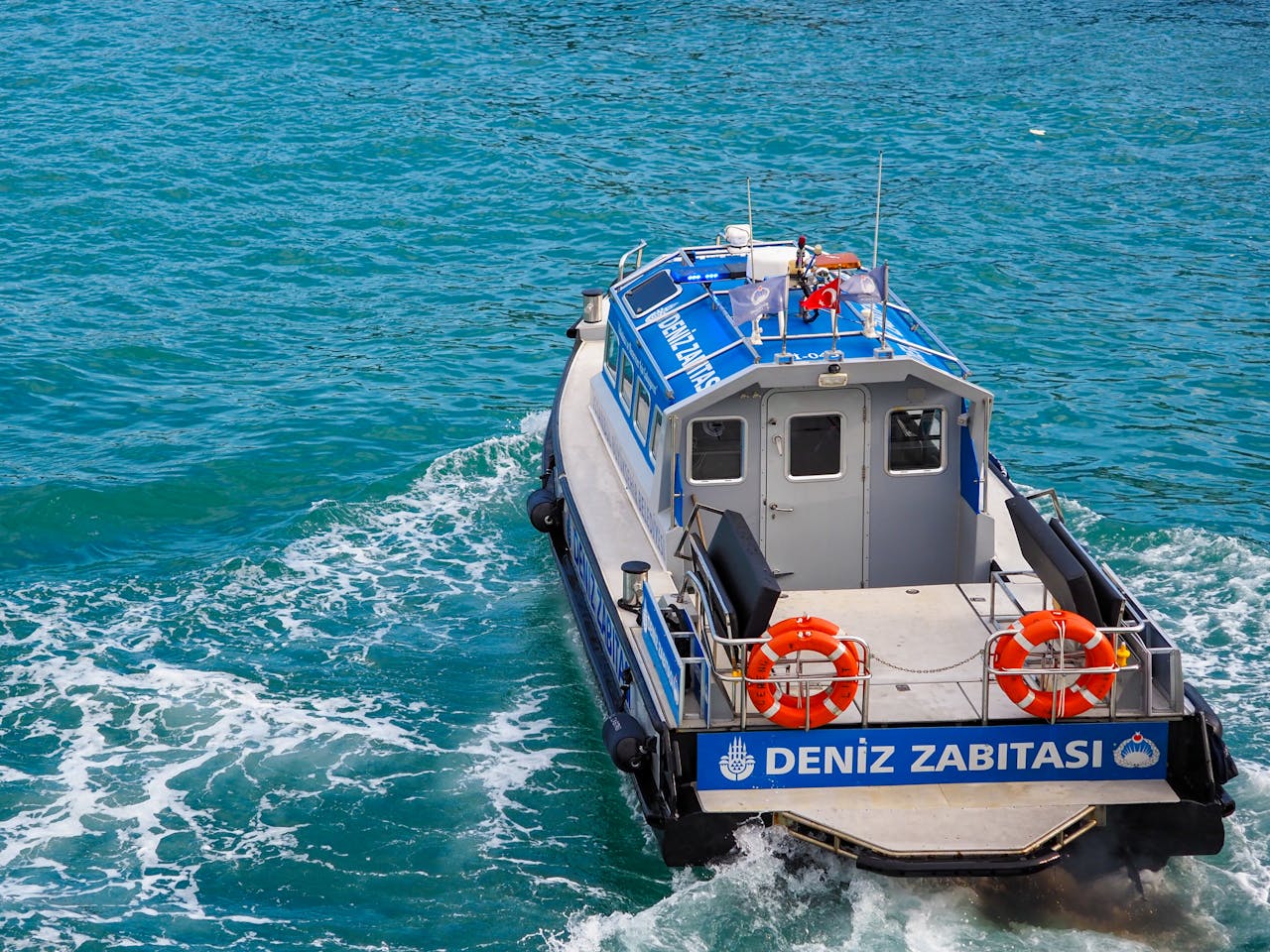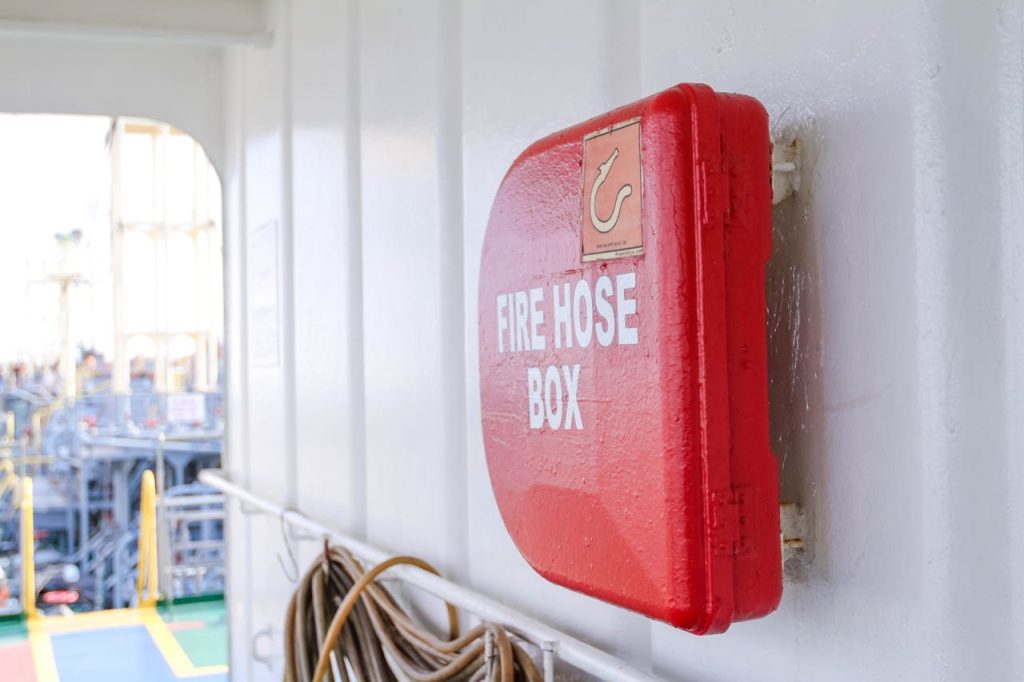Navigating the world’s waters demands more than skilled seamanship. Robust safety management systems form the backbone of accident prevention, shielding both crews and cargo. Over decades, these protocols have evolved from basic checklists to comprehensive frameworks addressing modern challenges like container ship complexities and environmental regulations.
We’ve crafted this guide to unpack how structured approaches reduce risks through standardised procedures. Regular inspections and clear guidelines ensure vessels meet operational benchmarks, while crew training transforms theoretical knowledge into practical safeguards. From oil tankers to cruise liners, consistent adherence prevents costly incidents before they occur.
Industry examples reveal a clear pattern: operators prioritising safety management experience fewer emergencies. These systems don’t just react to dangers, they anticipate them through risk assessments and contingency planning. By embedding safety into daily operations, organisations create cultures where vigilance becomes second nature.
Key Takeaways
- Modern safety frameworks address evolving maritime challenges
- Regular checks maintain operational standards across fleets
- Crew training bridges policy and real-world application
- Proactive risk management prevents most incidents
- Compliance creates safer working environments industry-wide

Introduction to Maritime Safety Standards
Centuries of ocean voyages taught us hard truths. Catastrophes like the Titanic’s 1912 sinking forced radical changes, sparking the first international maritime safety treaty. These early efforts laid groundwork for today’s maritime safety practices, blending tragedy-driven reforms with technological progress.
From Lifeboats to Laser Systems
The 1914 SOLAS convention marked a turning point. Mandating lifeboat spaces for all passengers directly addressed Titanic’s fatal shortcomings. Post-WWII innovations brought radar and radio protocols, while 21st-century vessels use AI-powered collision avoidance.
Today’s Multi-Layered Protections
Modern crews undergo rigorous training simulations covering firefighting and evacuation. Digital maintenance logs track every bolt aboard vessels, ensuring compliance. Satellite networks now monitor ships’ positions in real-time across all sea routes.
Three pillars define current approaches:
- Preventive equipment checks using ultrasonic testing
- Standardised emergency drills performed monthly
- Centralised reporting systems for near-miss incidents
These strategies didn’t emerge overnight. Each represents lessons from past failures, adapted for today’s complex maritime industry. By learning from history while embracing innovation, we’ve transformed how vessels navigate modern challenges.
The Role of Maritime Safety Standards in Preventing Accidents
Effective protocols in the shipping sector act as invisible guardians. Documented procedures transform vague guidelines into actionable steps, from engine room checks to cargo handling. When crews follow equipment maintenance schedules rigorously, they catch issues like corroded valves before failures occur.
Daily routines aboard ships integrate these practices seamlessly. Morning briefings review navigation plans against industry benchmarks, while logbooks track compliance with fire suppression system tests. This systematic approach turns complex regulations into manageable tasks.
Protecting marine ecosystems starts with spill containment drills and fuel quality monitoring. Operators prioritising environmental safeguards reduce oil discharge risks by 68% compared to non-compliant peers. Recent cases show vessels skipping safety audits suffered engine fires within six months.
Three pillars uphold operational integrity:
- Bi-annual certification of lifesaving appliances
- Mandatory crew competency assessments
- Real-time monitoring of hull stress levels
These measures don’t just prevent disasters, they build trust across global supply chains. As technology advances, combining traditional practices with digital tools will redefine what ship safety looks like tomorrow.

Innovative Safety Management Systems in the Maritime Industry
Cutting-edge solutions now steer maritime operations towards safer horizons. Modern safety management systems integrate real-time weather tracking, automated risk assessments and instant emergency alerts. These digital frameworks transform how crews handle everything from routine navigation to crisis scenarios.
Key Features and Protocols
Central to these systems are dynamic protocols addressing evolving risks. Automated broadcast messages alert multiple vessels simultaneously during emergencies, while predictive analytics flag potential navigation hazards. Crews using marine safety management system platforms report 43% faster response times in crisis drills.
| Feature | Traditional Approach | Modern Solution |
|---|---|---|
| Risk Assessment | Manual checklists | AI-driven predictive models |
| Navigation Support | Paper charts | Integrated GPS collision avoidance |
| Emergency Protocols | Generic procedures | Scenario-specific action plans |
| Compliance Checks | Quarterly audits | Continuous digital monitoring |
Benefits for Crew and Vessel Management
These systems empower teams through accessible data dashboards and standardised training modules. Real-time equipment status updates prevent 68% of mechanical failures before they escalate. The International Maritime Organization recognises such tools as vital for maintaining global safety benchmarks.
Operational advantages include:
- Automated logbooks reducing administrative errors
- Centralised incident reporting improving accountability
- Customisable drills enhancing emergency preparedness
By prioritising continuous improvement, these platforms adapt to new challenges while meeting strict regulatory requirements. They’ve become indispensable allies in creating safer seas through smarter management.
International Regulations and Compliance Protocols
Global shipping networks rely on a web of international agreements to maintain operational integrity. Four key conventions form the cornerstone of modern safety standards, each addressing specific aspects of vessel operations and crew welfare.
SOLAS, ISPS, GMDSS and STCW Overview
The international maritime community operates under these pillars:
- SOLAS mandates structural requirements for ships
- ISPS governs port facility security measures
- GMDSS standardises emergency communication systems
- STCW certifies crew members’ technical competencies
| Convention | Primary Focus | Key Requirements |
|---|---|---|
| SOLAS | Structural integrity | Watertight compartments, fire protection |
| ISPS | Security threats | Access control, threat detection |
| GMDSS | Communication | Satellite distress alerts, radio coverage |
| STCW | Crew training | Certified navigation skills, safety drills |
Regular audits by maritime organisation inspectors ensure safety protocols meet current benchmarks. Vessels undergo 237 checkpoints during certification renewals, from life raft expiry dates to engine room ventilation.
Compliance isn’t optional, it’s how we achieve accident prevention across time zones. When crew members understand these frameworks, they transform rules into practical safeguards. This global alignment keeps supply chains moving while protecting lives at sea.

Embracing New Technologies for Enhanced Vessel Safety
Modern shipping thrives on innovation that transforms how crews manage risks. Advanced tools now bridge the gap between policy documents and real-world operations, creating environments where prevention outpaces reaction.
Digital Platforms and Safety Culture
Interactive dashboards revolutionise onboard communication. Crews using wearable safety monitors report hazards 37% faster through instant alerts. These systems turn near-miss data into actionable insights during weekly safety briefings.
| Traditional Methods | Tech-Driven Solutions | Impact Reduction |
|---|---|---|
| Paper checklists | Smart sensors | 58% fewer mechanical failures |
| Monthly audits | Real-time diagnostics | 41% drop in navigation errors |
| Manual logs | Automated reporting | 63% faster incident response |
Sustainable Solutions and Emerging Risks
Hybrid propulsion systems cut fuel use by 22% while maintaining performance. However, smarter ships face new challenges, 47% of operators now prioritise cybersecurity training alongside fire drills.
Three developments reshape accident prevention:
- AI-powered collision avoidance adapting to weather patterns
- Blockchain-enhanced cargo tracking systems
- Biometric access controls for restricted areas
Updated rules ensure these innovations meet global security benchmarks. By balancing eco-efficiency with digital safeguards, we’re building shipping networks where technology and tradition coexist seamlessly.
Fire Safety, Emergency Preparedness and Crew Training
Fire remains one of the most critical risks aboard vessels worldwide. Our teams prioritise three-layer protection: advanced detection systems, accessible extinguishers, and compartmentalised design. Regular drills turn theoretical knowledge into muscle memory for crew members facing real emergencies.
Modern training programmes blend virtual reality simulations with hands-on exercises. In 2023, a chemical tanker crew contained an engine blaze within 14 minutes, a success tied to monthly scenario rehearsals. Leading organisations like the International Maritime Organization mandate these practices through updated compliance frameworks.
| Training Aspect | Traditional Approach | Modern Method | Impact |
|---|---|---|---|
| Fire Suppression | Classroom lectures | VR smoke simulations | 47% faster response |
| Emergency Communication | Paper protocols | Digital alert systems | 63% error reduction |
| Equipment Checks | Monthly inspections | IoT sensor monitoring | 82% fault detection |
Adherence to safety conditions prevents 73% of potential disasters according to industry reports. Crews now undergo competency assessments every six months, ensuring skills match evolving risks. These measures create prevention-focused cultures rather than reactive mindsets.
Global standards require certification in five emergency specialisations, from medical crises to collision management. By integrating new technologies with proven protocols, we maintain readiness across all operational world regions. This dual approach keeps crews prepared for both expected challenges and unexpected scenarios.
Conclusion
Charting safer seas requires collective commitment across the shipping industry. Through this exploration, we’ve seen how structured management frameworks protect cargo while preserving marine ecosystems. Modern challenges demand smarter solutions, from cyber threats to evolving environmental requirements.
Proactive maintenance remains non-negotiable. Real-time diagnostics and scheduled audits prevent 68% of mechanical failures before they escalate. Meanwhile, emerging technologies like AI navigation tools and blockchain tracking redefine what’s possible in risk prevention.
Global cooperation fuels progress. When crews master standardised drills and operators invest in crew training, we build resilient operations. Every stakeholder shares responsibility, port authorities, shipowners, and certification bodies must collaborate to uphold international benchmarks.
Let’s keep advancing together. Prioritise cargo security through upgraded containment systems. Embrace predictive analytics to tackle emerging challenges. By marrying tradition with innovation, we create shipping networks where safety isn’t just regulated, it’s ingrained.



